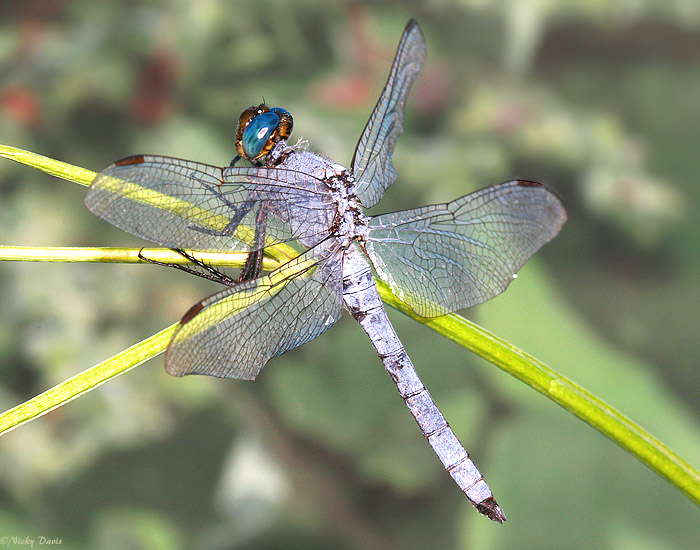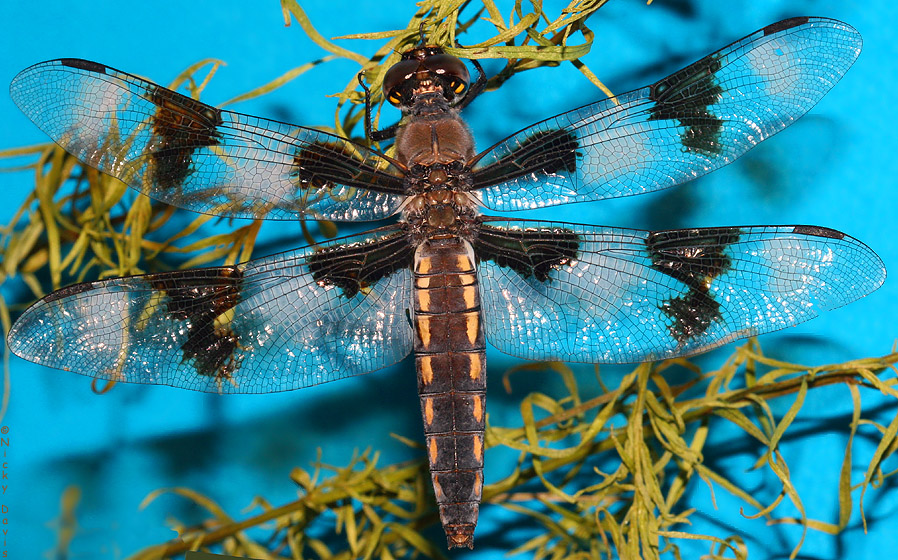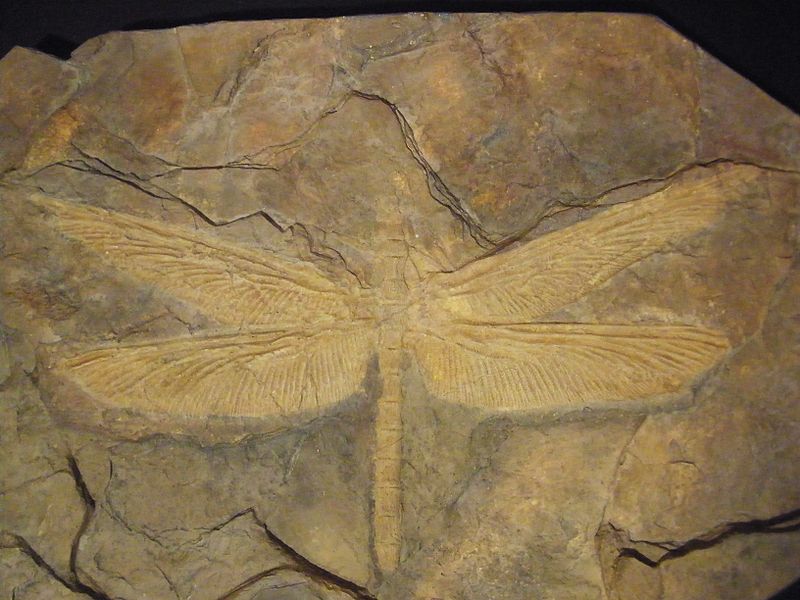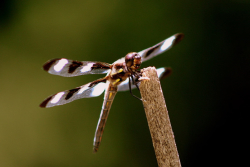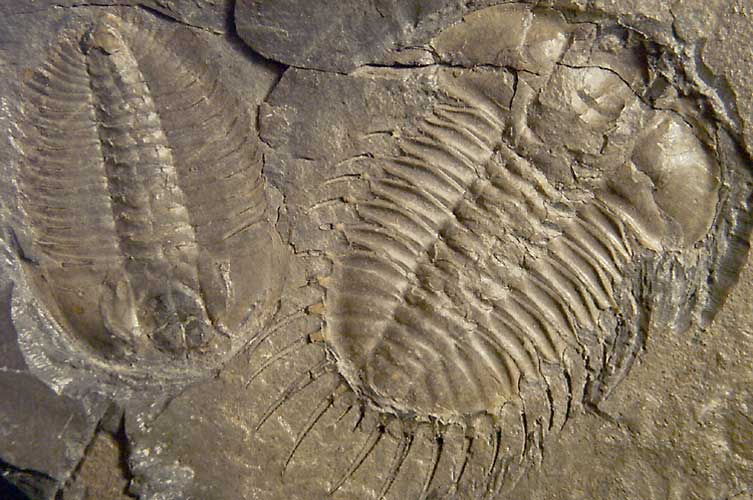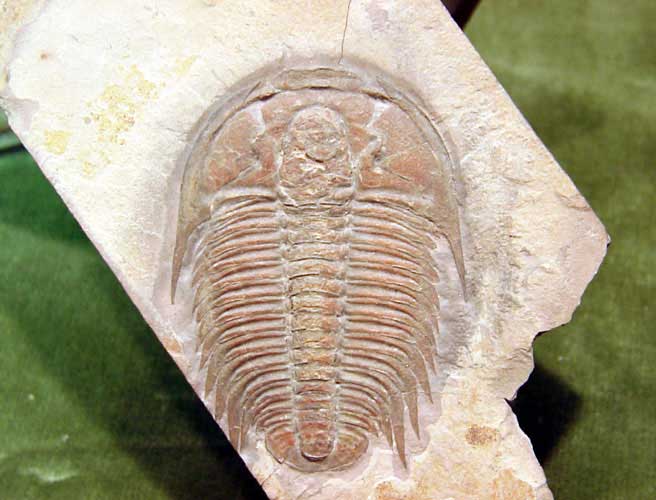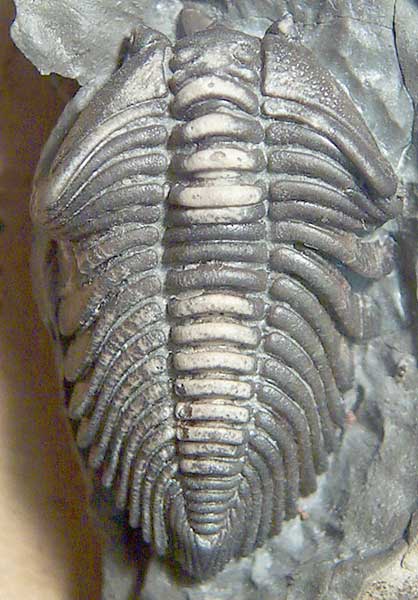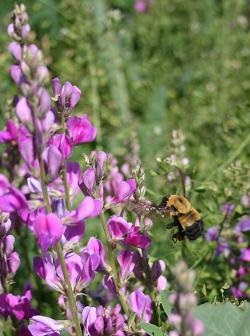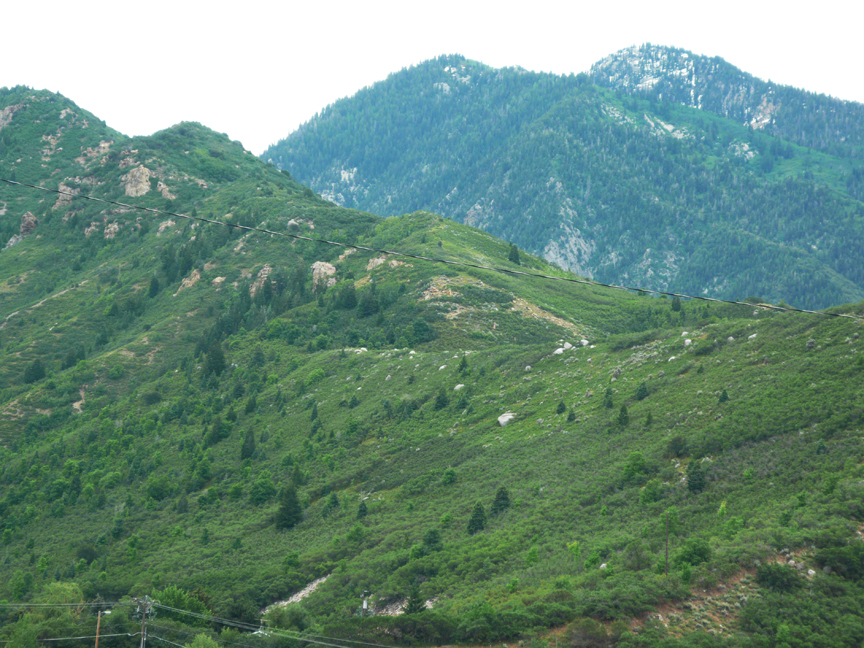
Photo Courtesy & Copyright
Mark Larese-Casanova, Photographer
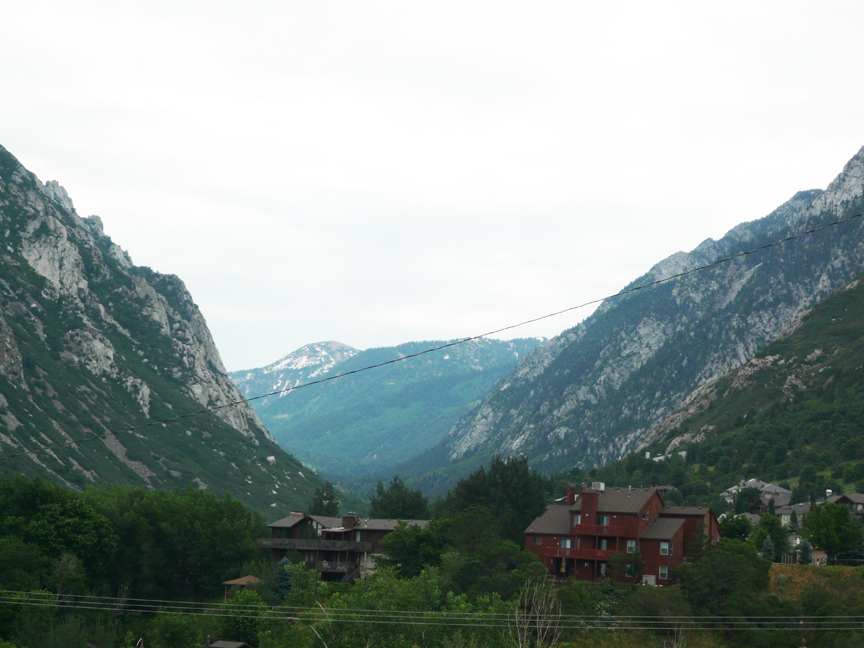 Little Cottonwood Canyon
Little Cottonwood CanyonPhoto Courtesy & Copyright
Mark Larese-Casanova, Photographer
Hi, this is Mark Larese-Casanova from the Utah Master Naturalist Program at Utah State University Extension.
It is amazing to see just how much of an impact the large amount of snowfall from last winter still has on the annual cycle of nature. Of recent note, wildflower blooms in the mountains seem to be at least 2-3 weeks behind normal schedule. Hiking through snow in late July had me thinking about colder times when Utah’s mountains were covered with ice that flowed as glaciers.
The most recent period of glaciation in Utah occurred between 30,000 and 15,000 years ago when Utah’s climate was, on average, up to 30?F cooler. At times during this period, much of the western half of Utah was covered by Lake Bonneville, which contributed tremendous amounts of moisture as snow throughout Utah’s mountain ranges. As the snow accumulated at high elevations, its sheer weight caused it to recrystallize into ice. Once the masses of ice became heavy enough, gravity pulled them down slope, carving out characteristic U-shaped valleys.
At the top of the valleys, where the glaciers formed, we can often find large, bowl-shaped cirques. In the Wasatch Range, the Little Cottonwood Canyon glacier formed at the top, creating Albion Basin, and reached the mouth of the canyon where calved icebergs into Lake Bonneville. The Uinta Mountains contained such large glaciers that even many of the mountain peaks are rounded.
As temperatures warmed during the end of the last ice age, glaciers receded and left behind large piles of soil and rocks, known as moraines. Terminal moraines at the end of a glacier’s path, can act as natural dams to create lakes. Enormous boulders, known as glacial erratics, can often be found discarded along canyons.
While glaciers don’t currently exist in Utah, there are several permanent snowfields in shaded high mountain areas. So, if you’re feeling a little nostalgic and missing that extra long winter we had this year, you still a chance to hike up above 9,000 feet and cool your toes in the snow.
For Wild About Utah, I’m Mark Larese-Casanova.
Credits:
Images: Courtesy & Copyright Mark Larese-Casanova
Text: Mark Larese-Casanova, Utah Master Naturalist Program at Utah State University Extension.
Additional Reading:
Utah Geological Survey https://geology.utah.gov/surveynotes/gladasked/gladglaciers.htm
Parry, William T. 2005. A Hiking Guide to the Geology of the Wasatch and Uinta Mountains. University of Utah Press.
Stokes, William Lee. 1986. Geology of Utah. Utah Museum of Natural History.


